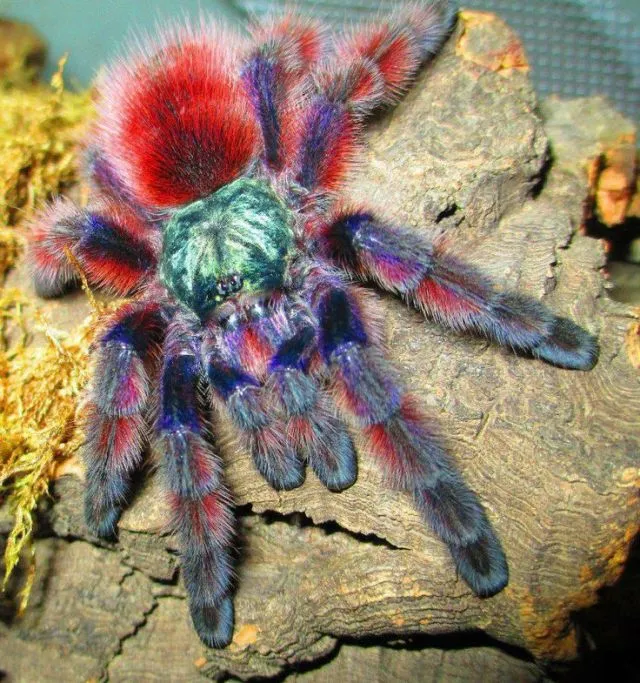Pink Toe Tarantula Basic Overview
The Pink Toe Tarantula (Caribena versicolor) is a captivating arboreal species that has gained immense popularity among tarantula enthusiasts. Known for its striking coloration and relatively docile temperament, this spider offers a rewarding experience for both beginner and experienced keepers. This comprehensive care guide will delve into every aspect of Pink Toe Tarantula care, ensuring you have all the knowledge needed to provide a thriving and enriching environment for your fascinating pet. Understanding the specific needs of this beautiful creature is the first step toward a successful and fulfilling journey into the world of tarantula keeping.
Pink Toe Tarantula Appearance
The Pink Toe Tarantula’s beauty is truly one of a kind, making it a standout species within the tarantula world. These spiders undergo stunning transformations as they mature, developing their iconic colors and physical characteristics. Their appearance is a major draw for many hobbyists, making them a highly sought-after species for those looking to own a visually stunning pet. Proper care will help keep the versicolor healthy and vibrant.
Pink Toe Tarantula Colors
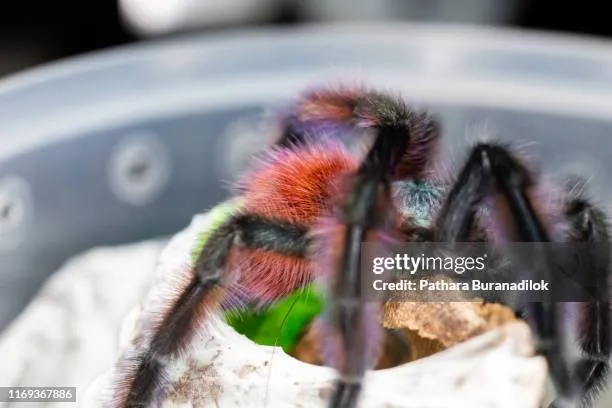
Juvenile Pink Toe Tarantulas often display a vibrant blue or purple coloration on their carapace and legs. As they mature, these colors gradually transform, giving way to the iconic pink or reddish hues that adorn their toe tips and a more iridescent sheen on their carapace. The abdomen usually showcases a gradient of colors, with dark brown or black hairs contrasting with the lighter pink or orange tones.
Pink Toe Tarantula Size
Adult Pink Toe Tarantulas typically reach a leg span of about 5 to 6 inches. Females tend to be slightly larger and heavier than males. Their size, coupled with their vibrant colors, makes them a truly impressive sight in any enclosure. It’s important to provide an enclosure of adequate size, allowing them to move and thrive comfortably.
Pink Toe Tarantula Lifespan
The lifespan of a Pink Toe Tarantula varies depending on the sex. Females can live for an impressive 12 to 15 years or longer, while males typically live for 3 to 5 years after reaching maturity. This long lifespan is a major factor for many, as it offers a long-term companionship and enjoyment of watching the tarantula grow and thrive. Proper care significantly contributes to their longevity.
Pink Toe Tarantula Habitat Setup
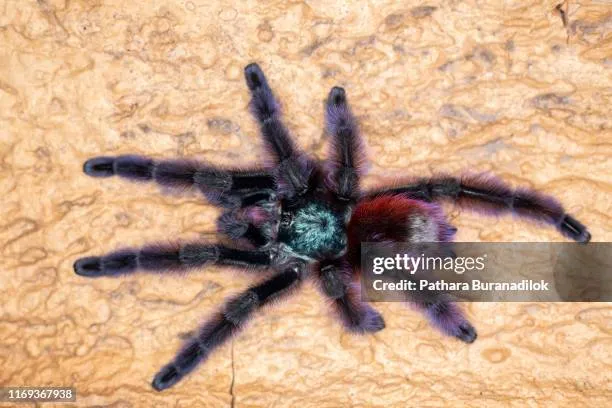
Creating a suitable habitat is crucial for the health and well-being of your Pink Toe Tarantula. These arboreal spiders require a vertical enclosure that mimics their natural environment. Providing the right space, substrate, and decorations will allow your tarantula to express its natural behaviors and thrive in captivity. Attention to detail in the habitat setup is an investment in the long-term health and happiness of your pet.
Pink Toe Tarantula Enclosure Size
A suitable enclosure should be tall rather than wide, allowing ample vertical space for climbing and web-building. A good size for an adult Pink Toe Tarantula is a terrarium that is approximately 12x12x18 inches or larger. The enclosure should have a secure lid to prevent escapes and adequate ventilation to prevent the buildup of humidity and mold. Make sure the enclosure is constructed from a durable material, such as glass or acrylic, to provide a clear view of your tarantula.
Pink Toe Tarantula Substrate
The substrate should retain some moisture while also allowing for adequate drainage. A mixture of coconut fiber and peat moss is ideal. This combination helps to maintain the correct humidity levels and provides a surface for the tarantula to build its web. The substrate should be deep enough to allow the tarantula to burrow slightly if it chooses. About 2-3 inches of substrate is sufficient for adults.
Pink Toe Tarantula Decorations
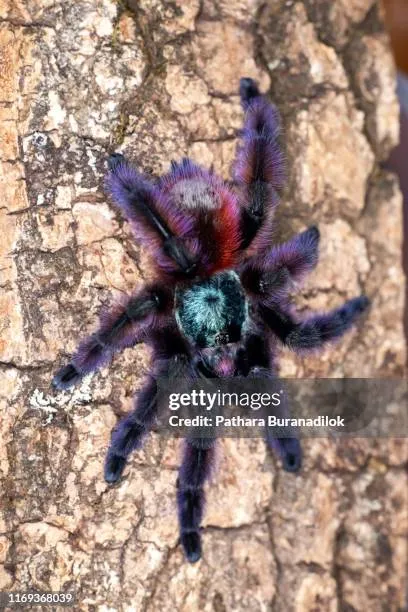
Provide several pieces of cork bark, branches, or artificial plants to create a climbing and hiding space. These elements are essential for the tarantula’s well-being. They provide a sense of security and enrichment. Arrange the decorations to mimic the natural habitat of the tarantula, which typically involves trees and plants. Make sure the decorations are secure and do not pose a threat of injury. A water dish is also crucial. It should be shallow enough to prevent drowning.
Pink Toe Tarantula Temperature and Humidity
Maintaining the correct temperature and humidity levels is crucial for the health of your Pink Toe Tarantula. These conditions directly affect the tarantula’s molting process, appetite, and overall well-being. Regular monitoring and adjustments are necessary to ensure the environment remains suitable. Providing an optimal climate will help the tarantula thrive and display its full beauty.
Pink Toe Tarantula Temperature Requirements
The ideal temperature range is between 75 and 85 degrees Fahrenheit. Use a reliable thermometer to monitor the temperature within the enclosure. You can provide supplemental heat using a low-wattage heat mat or a ceramic heat emitter, but make sure to regulate the temperature carefully to prevent overheating. Avoid placing the heat source directly under the enclosure, as this can cause the substrate to dry out too quickly. Position the heat source on one side of the enclosure to create a temperature gradient.
Pink Toe Tarantula Humidity Requirements
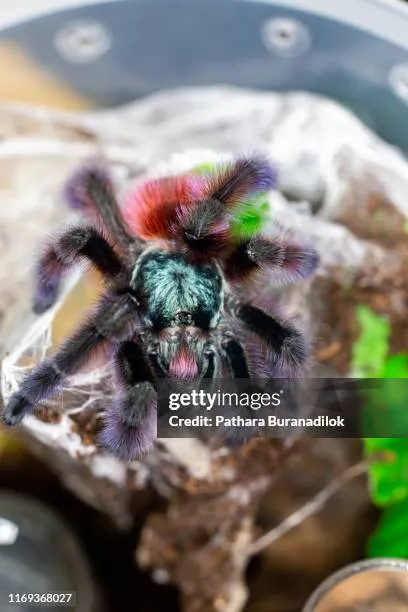
Pink Toe Tarantulas require a humidity level of 70% to 80%. Regular misting is essential to maintain this humidity level. You can mist the enclosure once or twice a week, making sure not to saturate the substrate. Alternatively, a hygrometer can be used to monitor the humidity levels. Proper ventilation is crucial to prevent the growth of mold. Good airflow helps maintain humidity and prevent stagnant air. Consider adding live plants that naturally help manage humidity.
Pink Toe Tarantula Feeding and Hydration
Proper nutrition and hydration are vital for the health and growth of your Pink Toe Tarantula. Understanding their dietary needs and ensuring they have access to fresh water will help keep your tarantula healthy. Providing the right foods and keeping them hydrated will ensure your spider thrives in captivity. They are also important factors for proper molting.
Pink Toe Tarantula Feeding Frequency
Juvenile Pink Toe Tarantulas should be fed two to three times a week. Adults can be fed once or twice a week. Adjust the feeding frequency based on the tarantula’s size and appetite. Do not overfeed. Overfeeding can lead to health problems. Remove any uneaten food within 24 hours to prevent the growth of mold and mites. Observe your tarantula to get an idea of its eating habits and the best feeding schedule.
Pink Toe Tarantula Food Choices
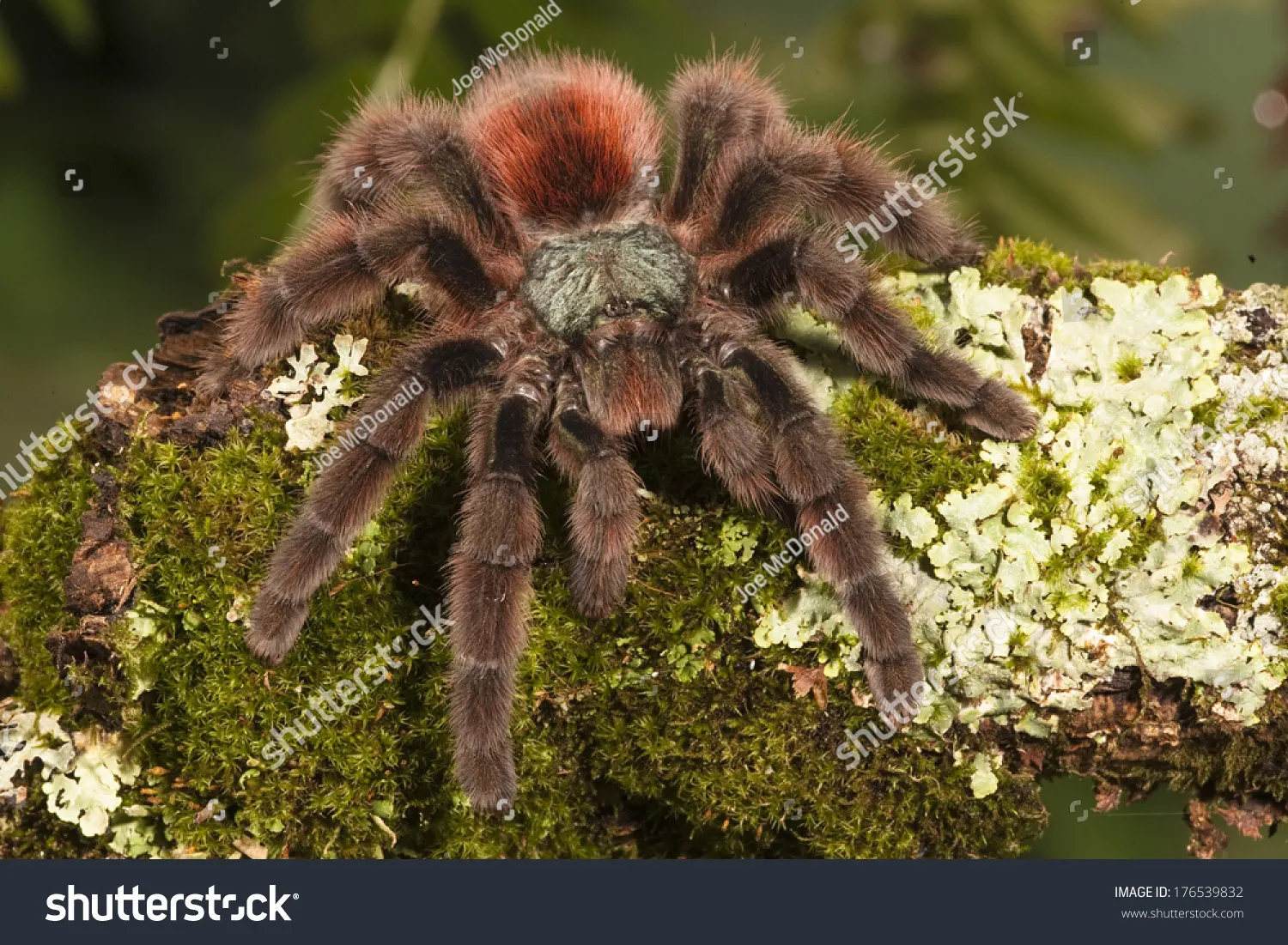
Pink Toe Tarantulas primarily eat insects. The best food choices include crickets, roaches, and mealworms. Ensure the feeder insects are gut-loaded with nutritious food prior to feeding them to your tarantula. Gut-loading increases the nutritional value of the meal. Avoid feeding wild-caught insects. They might carry parasites or pesticides. The size of the prey should be appropriate. The prey should be no larger than the tarantula’s body.
Pink Toe Tarantula Water
Always provide access to fresh, clean water. A shallow water dish is essential for hydration. You should place it in the enclosure. The dish should be easily accessible. Ensure the water dish is shallow enough to prevent accidental drowning. Change the water regularly to prevent contamination and the growth of bacteria. Clean the water dish during each water change.
Pink Toe Tarantula Handling and Safety
Handling a Pink Toe Tarantula should be approached with caution and respect. While generally docile, these tarantulas can bite if provoked. It is essential to understand their behavior and take necessary precautions. Prioritizing safety during any interaction is a key to responsible tarantula ownership. Proper handling will help you enjoy your pet safely. Always remember that they are wild animals.
Pink Toe Tarantula Handling Tips
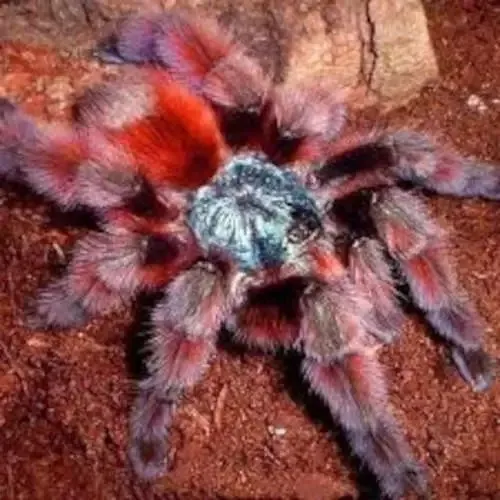
Handling Pink Toe Tarantulas is generally discouraged unless necessary. If you do need to handle your tarantula, do so gently and slowly. Never grab the tarantula or make sudden movements. Allow the tarantula to walk onto your hand instead of picking it up. Keep your hand close to the ground in case it falls. Avoid handling during or just after molting, as the tarantula is most vulnerable. If the tarantula shows signs of stress, such as raising its front legs or flicking hairs, immediately stop the interaction.
Pink Toe Tarantula Safety Precautions
Be aware of potential bites and consider wearing gloves when handling. The bite of a Pink Toe Tarantula is not considered medically significant. However, it can cause localized pain, itching, and swelling. Wash the bite area with soap and water if bitten. Keep children and pets away from the tarantula’s enclosure to prevent accidental contact and potential injury. Always wash your hands thoroughly before and after handling the tarantula or its enclosure.
Pink Toe Tarantula Health and Common Issues
Like any pet, Pink Toe Tarantulas are susceptible to certain health problems. Understanding potential issues and how to address them is important for responsible care. Early detection and prompt treatment of any health issues can significantly improve the tarantula’s prognosis. This knowledge enables you to provide the best possible care and ensure a long, healthy life for your pet.
Pink Toe Tarantula Common Health Problems
Common health issues include dehydration, mites, and fungal infections. Dehydration can be caused by inadequate access to water or low humidity levels. Ensure the tarantula has access to fresh water and maintain proper humidity levels. Mites can be introduced through contaminated substrate or feeder insects. Quarantine new arrivals and inspect them for mites. Fungal infections often result from high humidity and poor ventilation. Ensure proper ventilation and remove any mold or decaying organic matter from the enclosure.
Pink Toe Tarantula Molting Process
Molting is a natural process where Pink Toe Tarantulas shed their exoskeleton to grow. This process can be stressful, so it’s important to provide a safe and undisturbed environment during this time. The tarantula will typically stop eating a few weeks before molting. It may also create a web mat in preparation. Do not disturb the tarantula during the molting process. Provide adequate humidity. Once the molt is complete, wait a few days before offering food, as the tarantula’s fangs will still be soft.
Pink Toe Tarantula Breeding
Breeding Pink Toe Tarantulas can be a rewarding experience for experienced keepers. However, it requires significant knowledge and careful planning. It’s important to be prepared for the responsibilities of raising spiderlings. Successfully breeding these spiders involves understanding their mating behavior and providing the right conditions for the eggs to hatch and develop. This advanced topic is best explored after mastering the basics of Pink Toe Tarantula care.
Caring for a Pink Toe Tarantula is a rewarding experience, providing you with a unique window into the fascinating world of arachnids. By following this comprehensive care guide, you can provide a thriving and enriching environment for your Pink Toe Tarantula. Remember to prioritize their specific needs, monitor their well-being, and enjoy the captivating presence of this beautiful species. With patience and dedication, you can ensure your Pink Toe Tarantula thrives for years to come.
